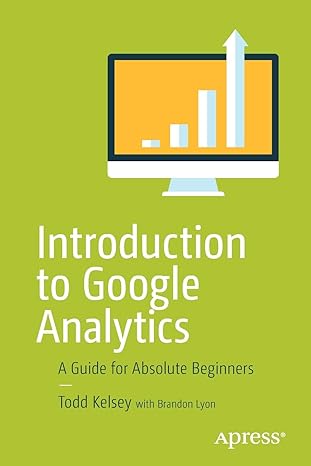Question
Debt 7,000 6 percent coupon bonds outstanding, $1,000 par value, 25 years to maturity selling for 106 percent of par; the bonds make semi-annual payments
Debt 7,000 6 percent coupon bonds outstanding, $1,000 par value, 25 years to maturity selling for 106 percent of par; the bonds make semi-annual payments
Preferred shares 15,000 shares paying a dividend of $3.65 per preferred shares outstanding currently selling at $72 per share
Common shares - 300,000 common shares outstanding, selling at $55 per share.
Corporate Tax Rate: 35%
| Year | Risk free rate (Rf) | Return from the market (Rm) | Beta |
| 2016 | 1.81 | 12.3 | 1.20 |
| 2015 | 1.75 | 15.5 | 1.5 |
| 2014 | 1.70 | 35.2 | 1.42 |
| 2013 | 1.80 | (33.1) | 1.33 |
| 2012 | 1.92 | 9.83 | 1.4 |
| 2011 | 1.87 | 17.2 | 1.5 |
| 2010 | 1.88 | 24.1 | 1.45 |
| 2009 | 1.90 | 14.5 | 1.2 |
| 2008 | 1.85 | (10.2) | 1.6 |
| 2007 | 1.77 | 8.3 | 1.25 |
- Calculate the average Risk free rate (Rf), Return from the market (Rm) and beta () from data collected in the last ten years in Table 1.
- Calculate the market value of each component of the capital structure of the company.
-Calculate the cost of debt, cost of preferred shares and cost of common shares. Note: Use CAPM for the cost of common shares using your averages for Rf, Rm and Beta
-Calculate the weighted average cost of capital
Step by Step Solution
There are 3 Steps involved in it
Step: 1

Get Instant Access to Expert-Tailored Solutions
See step-by-step solutions with expert insights and AI powered tools for academic success
Step: 2

Step: 3

Ace Your Homework with AI
Get the answers you need in no time with our AI-driven, step-by-step assistance
Get Started


